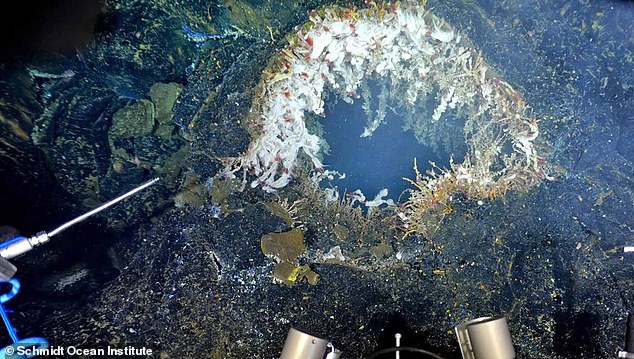
Massive Underwater Volcano Off U.S. Coast Could Erupt ‘Any Day,’ Top Scientists Warn
Underwater Volcano Off Oregon Coast Could Erupt "Any Day Now," Scientists Warn
The Axial Seamount, the Pacific Northwest’s most active volcano, is showing signs of an imminent eruption, according to scientists. Located 300 miles off Oregon’s coast and over 4,900 feet below the ocean surface, this mile-wide underwater volcano last erupted in 2015, triggering 8,000 earthquakes and spewing lava flows thick enough to sink the seafloor by eight feet.

Key Signs of Impending Eruption
Researchers have detected critical warning signals: the seafloor is inflating due to magma buildup beneath the surface. William Wilcock, a marine geophysicist at the University of Washington, notes the inflation matches pre-2015 eruption levels. “It could erupt any day now,” he stated, emphasizing the volcano’s predictable magma-driven cycles.
No Threat to Humans
Despite its activity, Axial poses no danger to coastal communities. Its depth and remote location mean eruptions go unnoticed on land. Mike Poland of the Yellowstone Volcano Observatory called it “fascinating and harmless,” comparing its lava flows to Hawaii’s non-explosive eruptions.

Eruption Patterns and Predictions
Axial Seamount, part of the Juan de Fuca Ridge, has erupted three times since 1998. Scientists forecasted its next eruption by late 2025 after observing swelling matching pre-2015 patterns. Oregon State University’s William Chadwick noted, “If it’s not erupting, it’s inflating—preparing for the next one.”
Research Opportunity
The eruption will offer scientists a rare chance to study underwater volcanic activity. The University of Washington’s seafloor observatory, equipped with sensors and cameras, will monitor the event in real time. Data collected could improve eruption forecasting for hazardous volcanoes, like Tonga’s Hunga, whose 2022 eruption caused a $90 billion tsunami.

What to Expect
An eruption would begin with intense seismic activity—hundreds of earthquakes per hour—followed by lava flowing steadily for weeks. While Axial’s eruption won’t impact land, it underscores the importance of understanding submarine volcanoes, which comprise 80% of Earth’s volcanic activity.

As Axial Seamount nears its next eruption, scientists remain vigilant, turning this natural event into a pivotal moment for marine geology.


